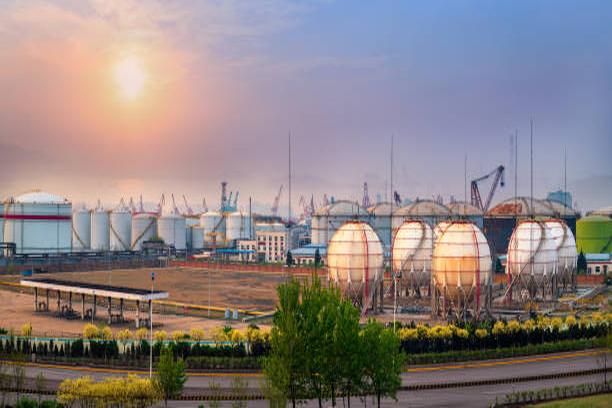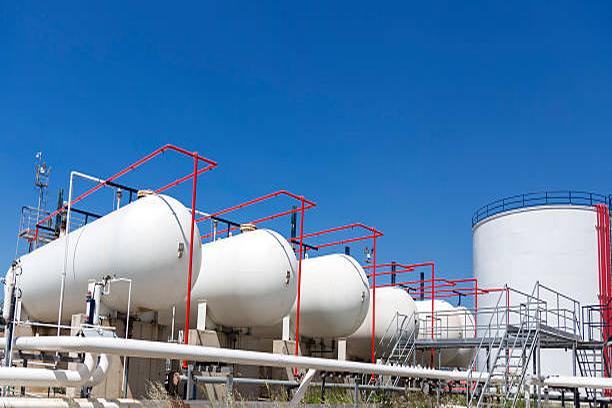Propane Market Outlook: Growth, Trends, and Sustainability
What is Propane? Propane, also known as liquefied petroleum gas (LPG), is a combustible hydrocarbon gas often compressed and stored in a liquid state. Typically derived from natural gas processing and refined through crude oil processes, propane is characterized by its colorlessness, odorlessness, and non-toxicity. An odorant is added for leak detection. This versatile gas… Continue reading Propane Market Outlook: Growth, Trends, and Sustainability


